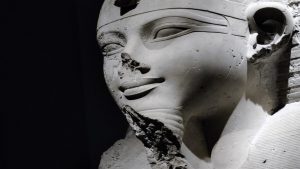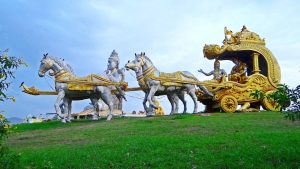Sipping through time: unravelling tea’s storied history.
Tea is a beverage that has been celebrated globally for centuries. The history of tea traces its origin in China in about 2737 BCE. It is believed that Emperor Shen Nong discovered tea when tea leaves accidentally fell into his boiling water. Tea initially was famous for its medicinal properties but later it gained its social and cultural significance as well. The Silk Road facilitated its spread to neighbouring regions, where diverse traditions and rituals emerged. In the 9th century, tea reached Japan, evolving into the intricate Japanese tea ceremony. During the British colonial era, tea became integral to English culture, leading to the establishment of vast plantations in India and Sri Lanka. In the contemporary world, tea has several flavours and aromas from delicate green to robust black blend.










